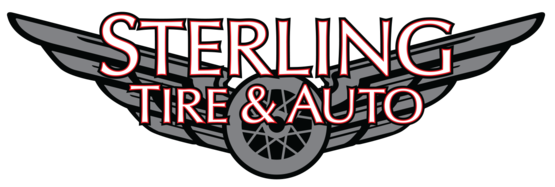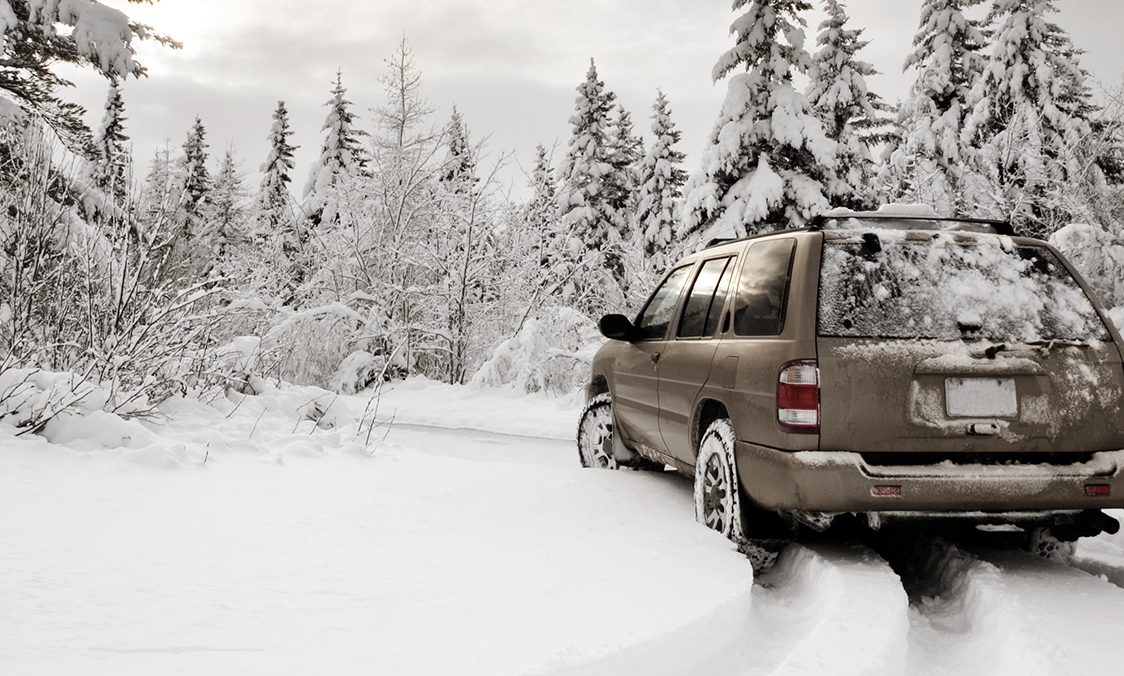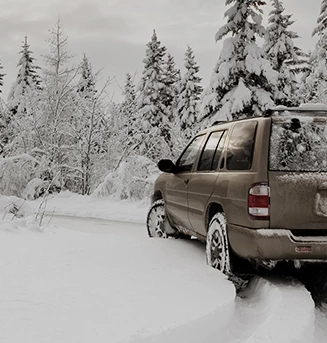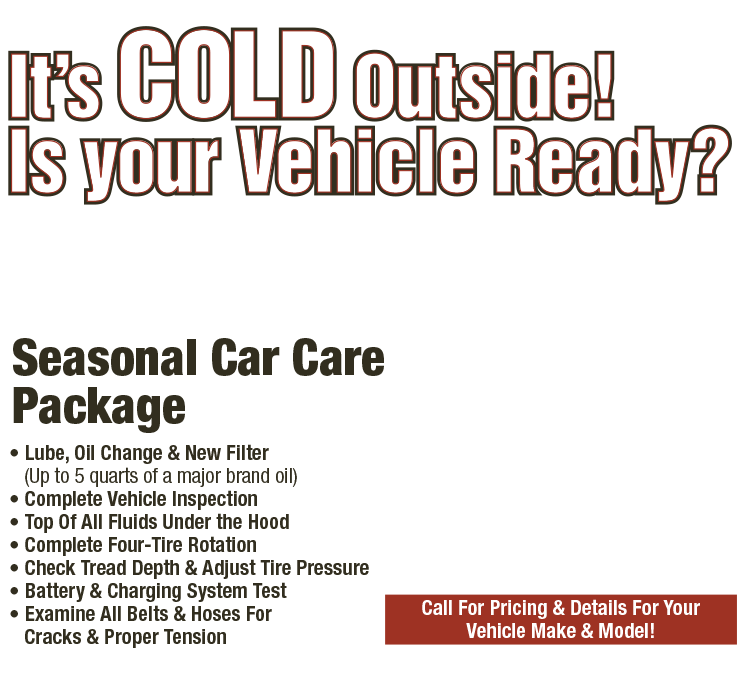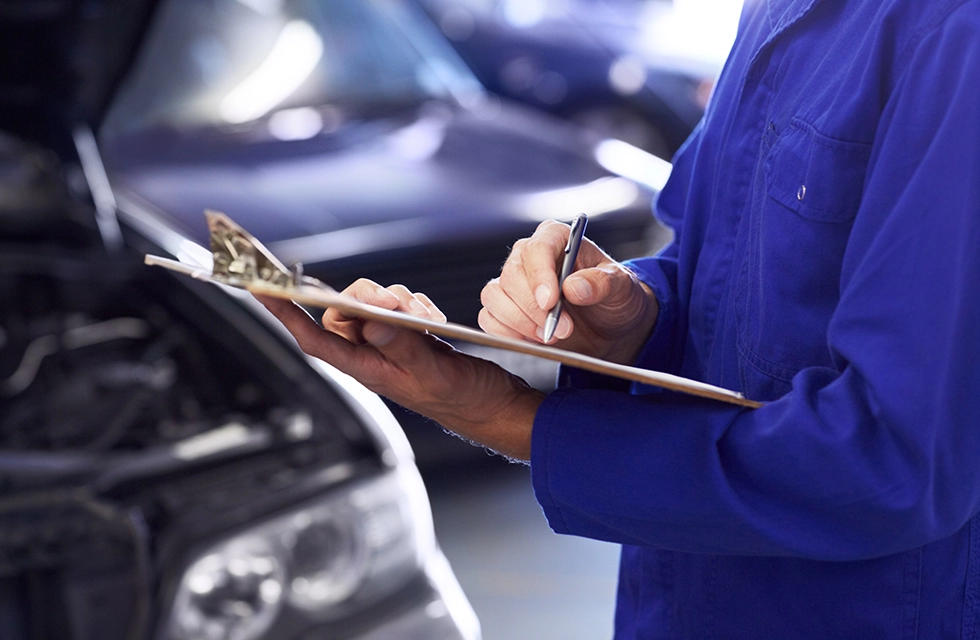Sterling Tire & Auto Tire Safety: Washington vs. Lincoln
January 14, 2016
Welcome to the Sterling Tire & Auto automotive blog. Today, let’s talk about the effect of tire tread depth on braking. When talking about stopping power, most Sterling Heights and Warren auto owners tend to focus on our brakes. But our tires are where the rubber meets the road. So having good brakes isn’t enough. Safe Warren drivers need to have tires with enough traction to translate braking power into stopping power.
 Let’s focus on stopping in wet Warren conditions. In order for a tire to have good contact with the road, it has to move the water out of the way. If it can’t move the water, the tire will actually ride on top of a thin film of water.
Let’s focus on stopping in wet Warren conditions. In order for a tire to have good contact with the road, it has to move the water out of the way. If it can’t move the water, the tire will actually ride on top of a thin film of water.
That’s called hydroplaning. If it’s really bad, Warren car owners can actually spin out of control - endangering themselves and the other drivers around them. At best, you won’t stop as fast.
So how does a tire move water? It has channels for water to flow through. Look at your SUV tire and you’ll see channels: channels that run around the tire and channels that flow across the tire. They’re designed to direct water away from the tire so it can contact the road better.
And the deeper the channel, the more water it can move. A brand new Sterling Tire & Auto tire has very deep channels and can easily move a lot of water. As the tire wears down, the channels become shallower and can move less water. When it wears down enough, it can seriously affect your ability to stop your SUV on wet Warren roads.
So that’s why it’s so important for Michigan motorists to replace their SUV tires when they get worn. Consumer Reports and other advocate groups call for a standard of 3/32 of an inch and they have the studies to prove it.
By comparison, you’ve probably seen the wear indicator that’s molded into tires. When tires are worn 3/32 of an inch, the tread wear bar is visible. So the recommended standard has twice the tread depth as a completely bald SUV tire.
At Sterling Tire & Auto, we want our customers to know that the deeper recommended tread depth makes a big difference. Stopping distances are cut dramatically on wet Warren freeway. A safe stop from Michigan highway speeds with 4/32 of an inch of tread would result in a crash with worn out tires.
There’s an easy way to tell when a tire’s worn to 4/32 of an inch. Just insert a quarter into the tread. Put it in upside down. If the tread doesn’t cover George Washington’s hairline, it’s time to replace your SUV tires. With a Canadian quarter, the tread should cover the numbers in the year stamp.
Many Warren drivers have heard of this technique using a penny and Abe Lincoln’s head - the old method. That measure gives you 2/32 of an inch – half the suggested amount. Of course, SUV tires are a major purchase. Most of us in Warren want to get as many miles out of them as we can. But there’s a real safety trade-off. It’s your choice.
Need Service?
More articles from Sterling Tire & Auto

A Most Important Part (Serpentine Belt Replacement)
December 7, 2025
Your vehicles engine is an engineering work of wonder with many complex parts working in harmony to get you down the road. One of those simple but important components is called a serpentine belt. It is driven by a pulley on the engine and transfers that power to many of your engines most importa... More

No Fueling Around (Fuel Filter Replacement)
November 30, 2025
A driver called in to the shop the other day saying his European sports sedan had an odd problem. He was driving when his car started to slow down. Applying more throttle didn't help. He pulled over to the side of the road, shut the engine off and waited a few minutes before starting it up aga... More

Giving CV Joints the Boot! (CV Joint and Boot Replacement)
November 23, 2025
Ever wonder how your vehicles transmission is connected to your wheels? After all, when you hit a pothole or some other uneven part of a roads surface, there has to be something that can maintain the connection between the transmission and the wheel yet keep everything moving at the same speed. ... More
